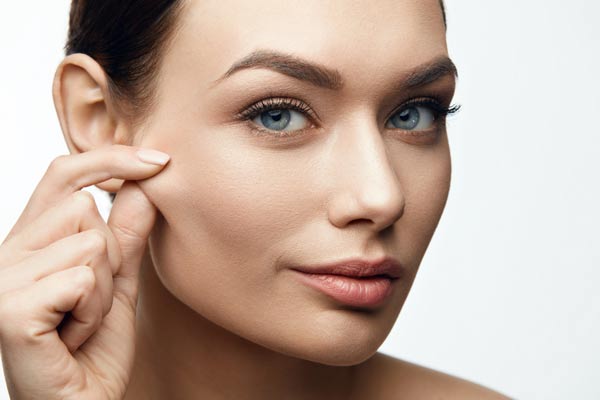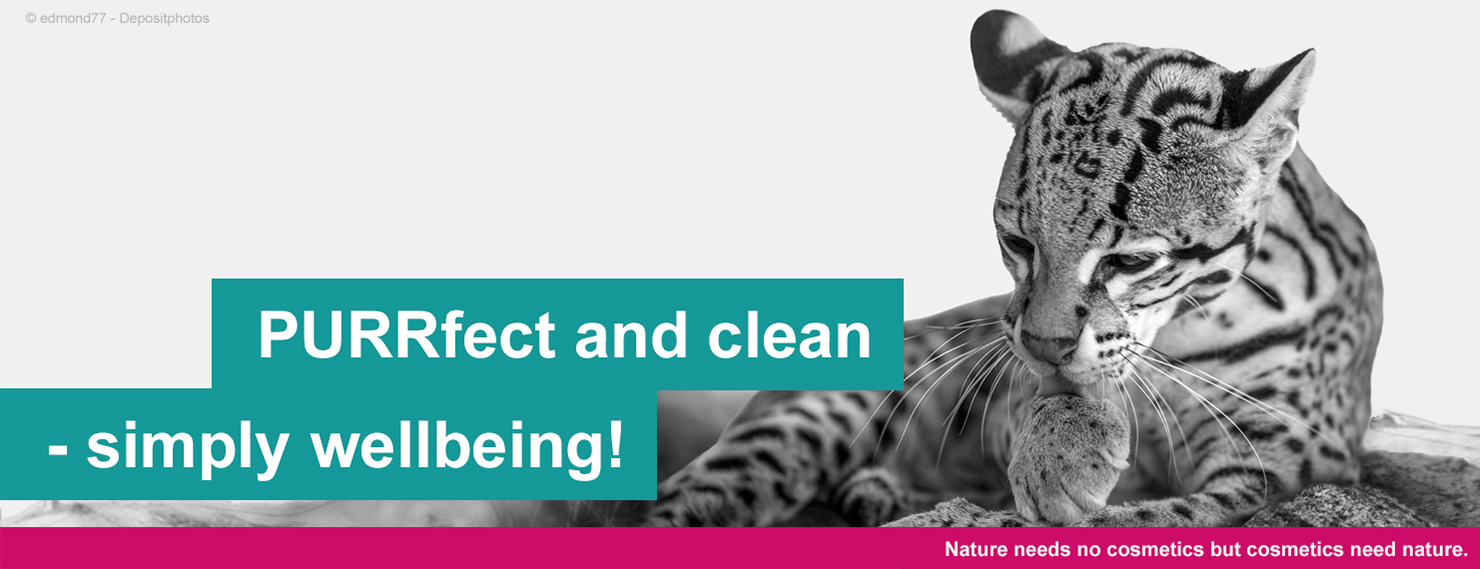
© puhhha - Adobe Stock
Collagen in cosmetics – facts instead of myths
Collagen – a structural protein with benefits
Collagen is the most important structural protein in the human body. It gives the skin firmness, elasticity, and moisture retention – properties that decline with age. In skin care, collagen is therefore a key active ingredient that strengthens the skin barrier and improves hydration.
Despite growing demand for vegan cosmetics, there is no such thing as genuine plant-based or vegan collagen. What is marketed as such are biotechnologically produced collagen analogues, plant extracts, or synthetic peptides that stimulate the body's own collagen synthesis. Although these alternatives are promising, they do not have the biochemical properties of real collagen. It has been scientifically proven that the protein “collagen” comes exclusively from animal sources.





